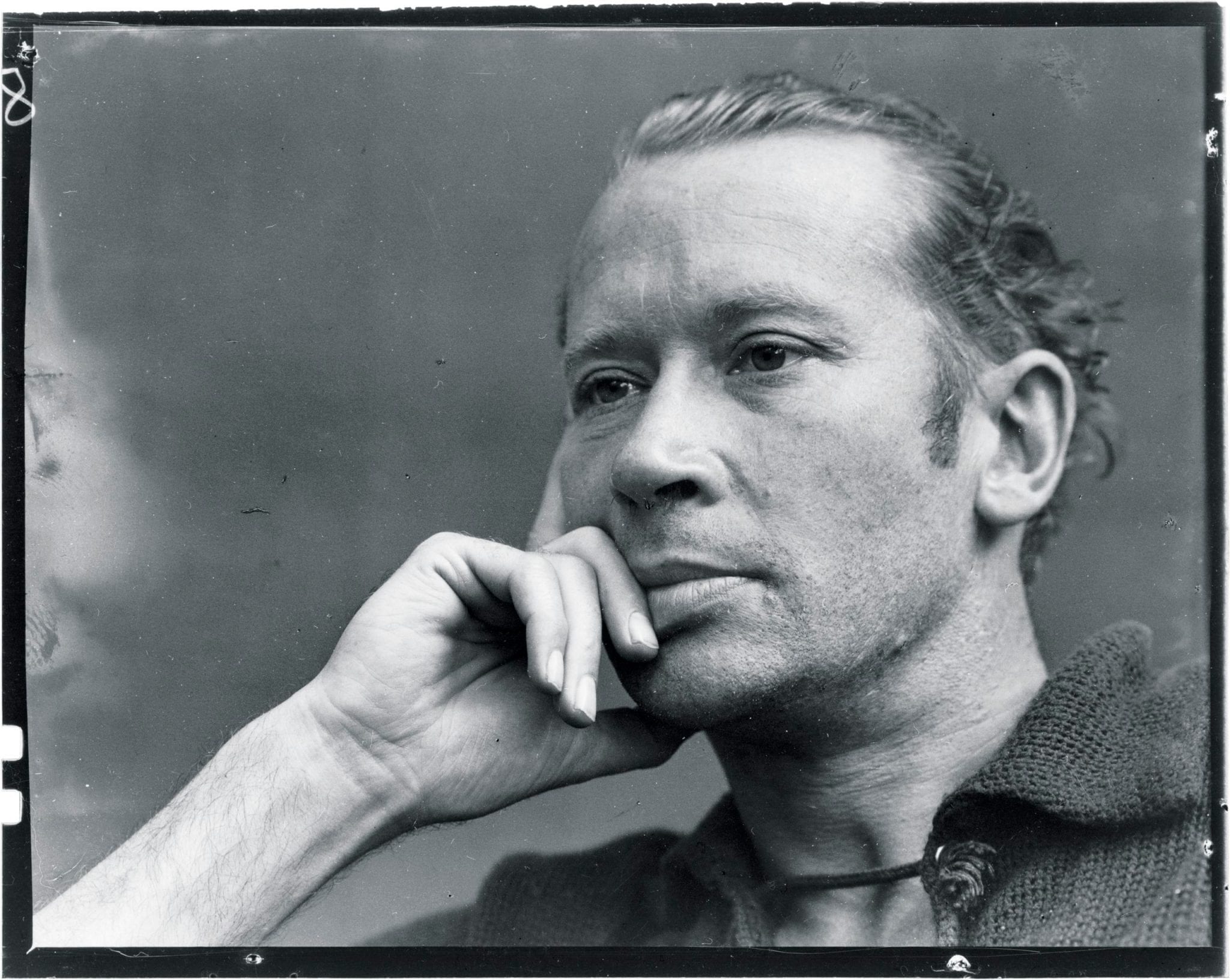i carry your heart with me (i carry it in
i carry your heart, e.e. cummings
my heart) i am never without it (anywhere
i go you go, my dear; and whatever is done
by only me is your doing, my darling)
i fear
no fate (for you are my fate, my sweet) i want
no world (for beautiful you are my world, my true)
and it’s you are whatever a moon has always meant
and whatever a sun will always sing is you
here is the deepest secret nobody knows
(here is the root of the root and the bud of the bud
and the sky of the sky of a tree called life; which grows
higher than soul can hope or mind can hide)
and this is the wonder that’s keeping the stars apart
i carry your heart (i carry it in my heart)
You may have noticed the lack of capital letters in the caption, and no, that isn’t a mistake. In fact, it was one of the defining features of cummings’ poetry, so much so that he even stylised his name without capitals. e. e. cummings’ innovative use of structure, form and punctuation set him apart from his peers. He refused to conform to the traditional writing style, instead inspiring a new form, based on the ideas of modernist and imagist poetry.
There are so many incredible love poems out there, it’s hard for them to stand out, or for readers to know where to start when reading them. I felt this way for a long time, reading poem after poem that were beautiful but blurred into each other – until I discovered e. e. cummings. Something about the freedom of his writing instantly connected with me. He uses simple images to create such beautiful poems, the lack of punctuation making them fluid and free.
Many of cummings’ poems, including ‘i carry your heart’, follow the conventions of the sonnet, with 14 lines and similar rhyme schemes. However, drawing from imagist styles he creates a more modernised twist on the tradition form. The versatility and accessibility of cummings’ style is evident by how well it has survived through time. Many contemporary poets, such as Rupi Kaur and Amanda Lovelace, who are bringing a new wave of popularity to poetry, follow conventions similar to that of cummings.
It is not just his style that carries through time, but also the message of his poems. ‘i carry your heart’ is one of his many love poems, but the simplicity of the language means the beauty and sentiment behind his words are elevated. Written in first person and only punctuated with brackets, the narrator demonstrates the depth of their love. He explains how he carries his lover’s heart with him wherever he goes, ‘i carry your heart with me (i carry it in my heart)’, which is such a tender image.
Cummings uses natural imagery to emphasise the depth of the love he feels, by equating it with the fundamental elements of the natural world. He uses the sun and moon in other poems too, such as perhaps his most famous line, “You are my sun, my moon and all my stars”. He uses these powerful forces to stress the power of his love, “you are whatever a moon has always meant and whatever a sun will always sing is you”, where their personification acts to accentuate the grandeur of the speaker’s feelings.
One of the things that stands out the most to me is the repetition of ‘i carry your heart (i carry it in my heart)’ as the first and last line of the poem. This reinforces the power and intensity of the love cummings is portraying. It encompasses everything I love most about his writing.
Words by Isabelle Gray
Want more Books content from The Indiependent? Click here
Support The Indiependent
We’re trying to raise £200 a month to help cover our operational costs. This includes our ‘Writer of the Month’ awards, where we recognise the amazing work produced by our contributor team. If you’ve enjoyed reading our site, we’d really appreciate it if you could donate to The Indiependent. Whether you can give £1 or £10, you’d be making a huge difference to our small team.
